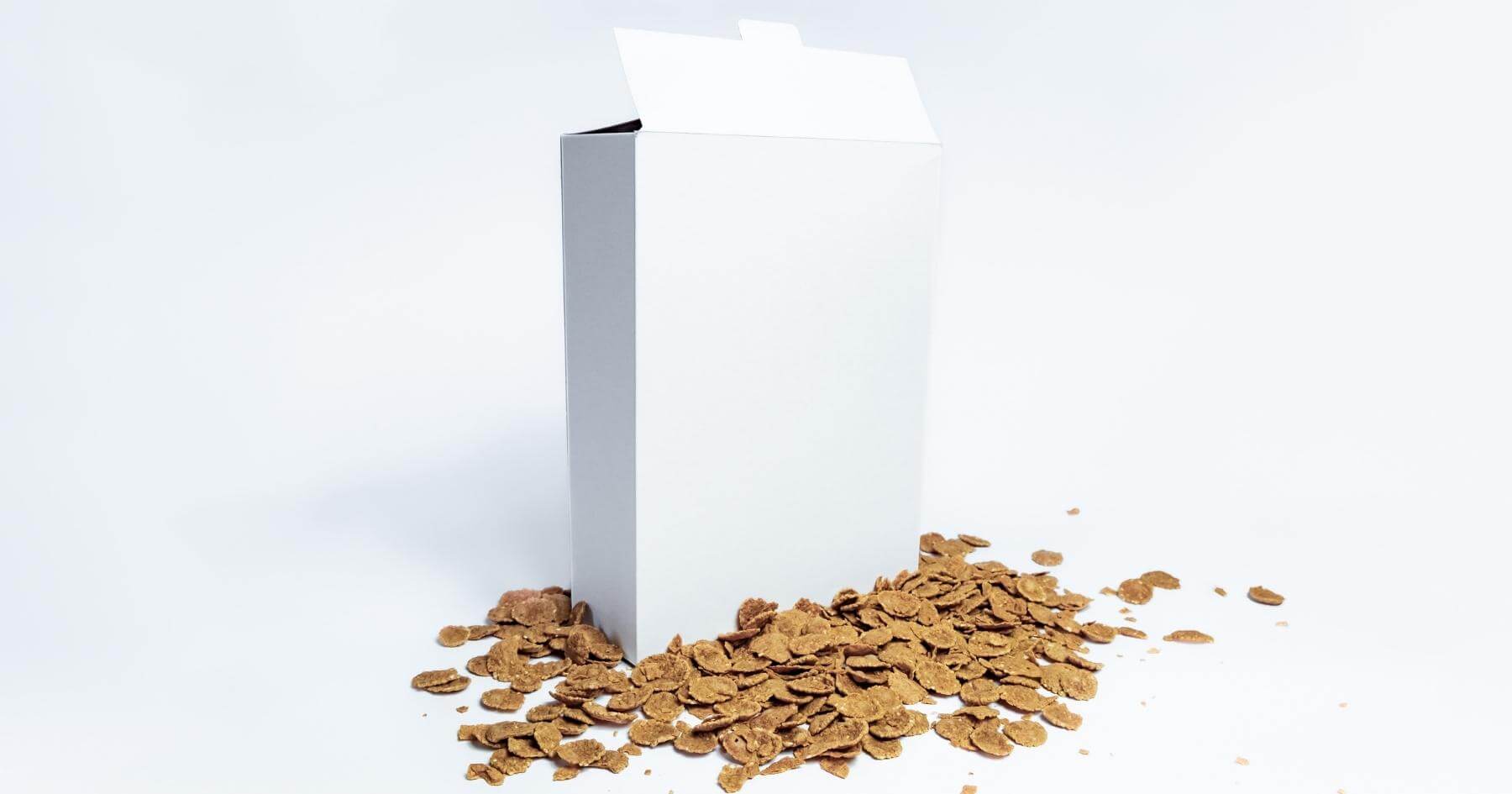Packaging may seem like a relatively simple concept, but the truth is that a lot goes into it. Logistically, there are several layers involved in maximizing all the benefits of packaging — from protecting your products to promoting them.
Here's a closer look at both primary and secondary packaging, including how they differ, key considerations, and why they add up to a powerful packaging solution.
What Is Primary Packaging?
Primary packaging refers to the packaging that is physically closest to the product — usually touching it. Its main purposes are to protect the contents and inform and engage customers through the placement of your logo, slogan, or other information. In this sense, primary packaging serves both form and function.
What qualifies as primary packaging for one item may not qualify for another; it really depends on the product. Additionally, primary packaging may include two types of packaging, in some situations.
Take a cereal box, for example. Both the interior plastic bag used to keep the cereal fresh and the box containing that bag can be characterized as primary packaging. With a bottle of aspirin, both the bottle and the branded box it comes in are also primary packaging. In the case of a can of soda, however, the can itself is the primary packaging.
One rule of thumb for determining whether packaging qualifies as primary? If you can answer "yes" to the question, "Do you buy the product in this packaging?" then it qualifies as primary packaging.
What Is Secondary Packaging?
Secondary packaging is the packaging used to group and organize individual units of a single good into a single and cohesive unit.
More practical in nature, the purpose of secondary packaging is to make it easier to keep track of in-transit, stock and inventory. For example, when that single box of cereal is shipped to the store as part of a large shipment of boxes, the packaging holding them together and stabilizing them during shipment is secondary packaging.
Secondary packaging may consist of several elements, including boxes, interior padding, product separators, reinforcement packaging, and more. Examples of secondary packaging include 12-packs of soda bottles and retail display stands for movies, games, and other products. It's important to note that secondary packaging can also be an important branding tool as it can serve as your product's first impression to a consumer on display. If you're not sure if a certain kind of packaging falls under the category of secondary packaging, ask yourself whether removing it will detract from the attributes or qualities of the product. If the product is still identifiable, then it's secondary packaging.
How Do Primary and Secondary Packaging Differ?
Primary and secondary packaging are different in terms of their purpose and presentation. However, there can also be an overlap between the two, depending on the product.
There's also a third kind of packaging: tertiary packaging. It's the packaging warehouses use to ship secondary packaging, and its main purpose is to protect products while they're in transit. Customers don't typically see or interact with tertiary packaging, which may include pallets, corrugated pads and linerboards, and stretch wrap.
Why You Need Primary and Secondary Packaging
Primary, secondary, and tertiary packaging may serve distinct main purposes, but they share an overarching goal: providing the protection and branding necessary to get your products into the hands of consumers.
Strategic packaging covers much more than what a recipient receives, sees, and opens. It also encompasses how items are moved, placed, and stored. Primary and secondary packaging are equal partners in getting your product where it's going in the most beneficial way to businesses and consumers.
While the ins and outs of packaging can seem overwhelming, devising a comprehensive packaging strategy can ensure that you deliver the most positive customer experience. Many factors go into the process of identifying the most balanced solution for your products, brand, and business, including everything from security to sustainability.
For more than 60 years, the Bay Cities Packaging & Design team has been helping brands create optimal and innovative packaging and displays. Whether you're looking for just in time delivery, an all encompassing creative services project or simply the best primary and secondary packaging for your needs, Bay Cities can help. To request a quote, contact us today.



/BC_Logo2_White.png?width=300&height=83&name=BC_Logo2_White.png)